In the World War Two gallery of the Australian War Memorial in Canberra sits elevated above relics of Australia’s North African campaigns a classic warrior of the skies, a Supermarine Spitfire Mk.IIa fighter. The Spitfire is one of the most famous fighters of that era and had an excellent combat record flying with Allied nations in all theatres of World War Two (alongside the Hawker Hurricane the Supermarine Spitfire and RAF pilots stood tall during the Battle of Britain in 1940 and beyond). 20,351 Spitfires of 40 different variants were manufactured between 1936 and 1948 for use in air defence, ground attack and reconnaissance duties.

Initially RAF serialled Spitfire aircraft flew with RAAF No. 450, 452, 453 and 457 Squadrons in Europe. 656 RAAF serialled Spitfires were delivered between August 1942 and June 1945 (246 Mk.Vc, 251 Mk.VIII and 159 HF Mk.VIII variants). These fighters operated in Australia and the South West Pacific theatre with RAAF No. 79 and 85 Squadrons along with the redeployed RAAF No 452 and 457 Squadrons. Replaced by North American/CAC P-51D Mustang fighters in 1945, the RAAF retired and disposed of the Spitfire fleet between 1946 and 1952.
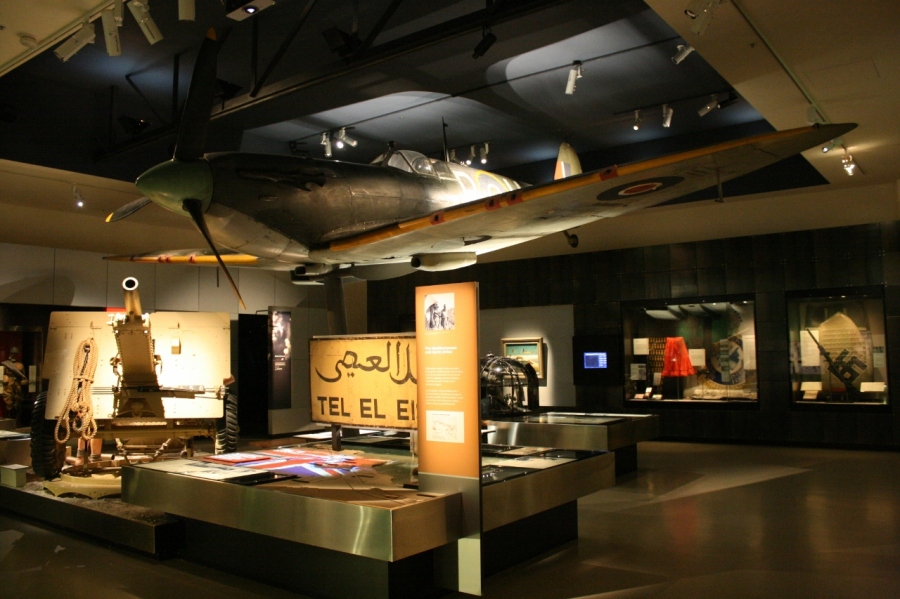
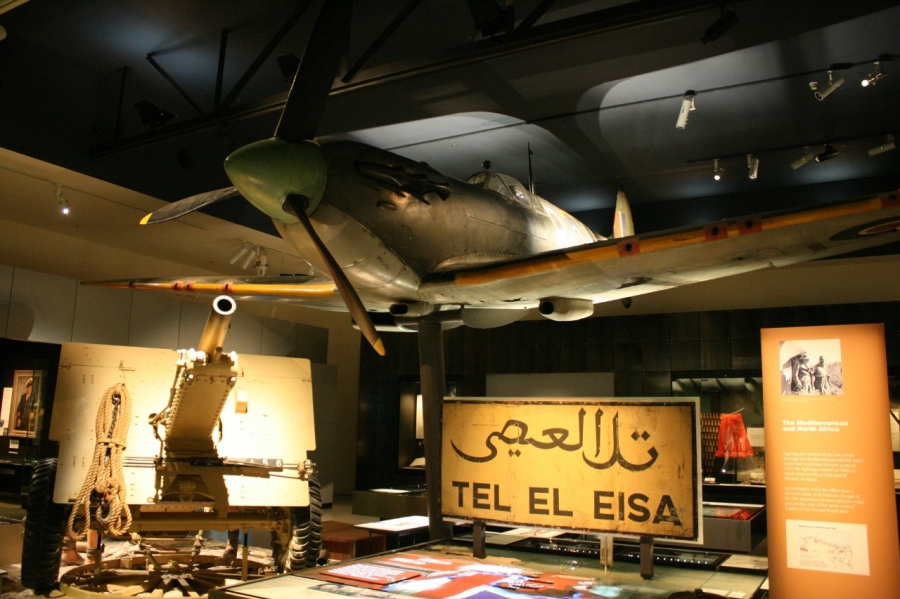
This particular Spitfire Mk.IIa (registration number P7973) was manufactured by Vickers Armstrong Ltd. in Birmingham, UK in 1941. The aircraft served with numerous units in Europe and the Middle East, including RAF No. 222 (Natal) Squadron, RAAF No. 452 Squadron (in mid 1941), RAF No. 313 (Czech) Squadron, a number of operational training units and the Central Gunnery school.

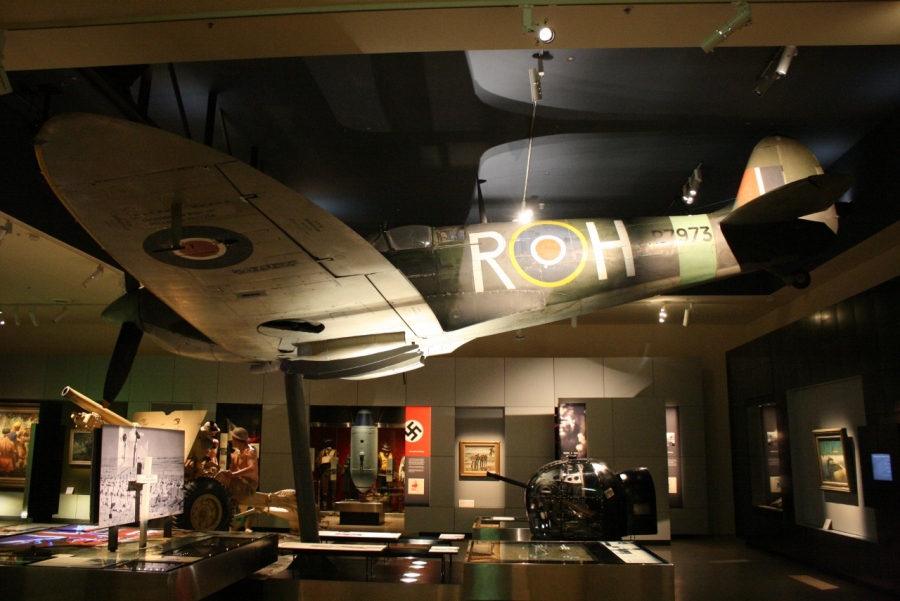

Despite numerous operators, the significance to the RAAF of this particular airframe was that it was flown by famous Australian air ace and Melbourne Australian Rules footballer, Squadron Leader Keith William ‘Bluey’ Truscott (May 17th, 1916 – March 28th, 1943) who flew it with RAAF No. 452 Squadron and gained his first air to air victory in this fighter in August 1941. He went on to achieve a tally of 16 air to air victories, 3 probables and 3 damaged.
In his first 3 months of flying in Europe from May 1941, ‘Bluey’ Truscott had scored 11 German victories, was promoted to Flight Commander and awarded the Distinguished Flying Cross (DFC) for his bravery. In January 1942 he was promoted to acting Squadron Leader before returning to Australia in March 1942 and soon receiving a bar to his DFC.
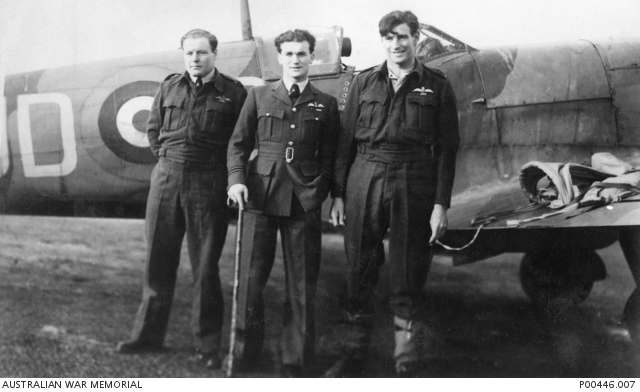
Now with RAAF No. 76 Squadron in Australia flying Curtiss P-40 Kittyhawk fighters, the squadron deployed to Milne Bay in New Guinea in July 1942 and soon commenced combat operations against the invading Japanese forces. By August 1942 he was Squadron Commander and later that year No. 76 Squadron redeployed to Darwin. He had racked up 5 Japanese victories in the South West Pacific theatre before relocating again to Western Australia in February 1943.

Sadly on March 28th, 1943 ‘Bluey’ Truscott died when he crashed into the sea during a training flight, after misjudging his height during a mock attack run on a low-flying PBY Catalina flying boat over the Exmouth Gulf off Western Australia. A great hero was lost that day.
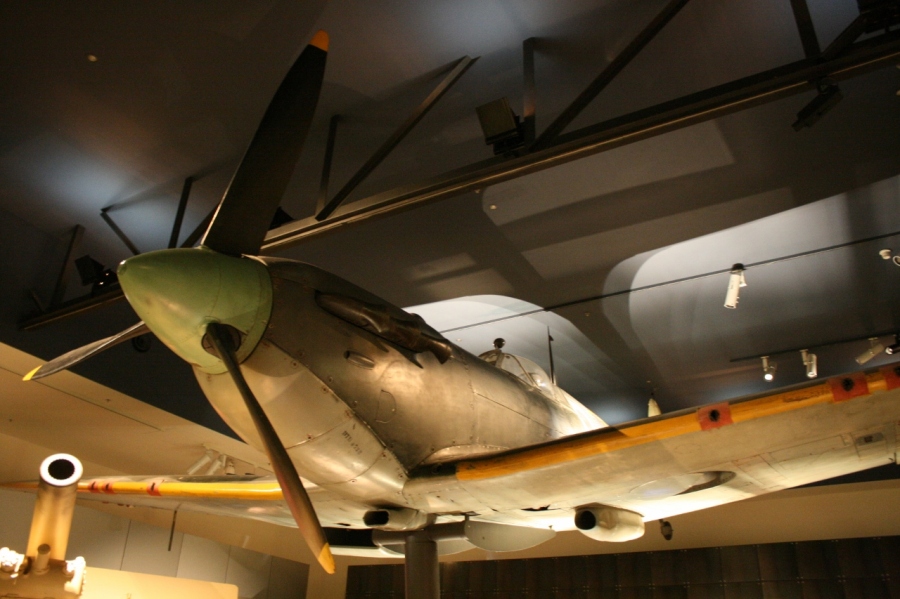
Allocated to the Australian War Memorial in 1944 the Spitfire arrived in Australia in 1945. Uniquely it retains the original World War Two paint scheme and is a fitting memorial to Squadron Leader Keith ‘Bluey’ Truscott.

Reblogged this on Pilote de Spitfire – Spitfire Pilot and commented:
An Australian ace
LikeLiked by 1 person
Thanks Pierre
LikeLike
LikeLiked by 1 person